- Home
- Military & Defense
- These Chinese Military Advancements Are Shifting The Balance Of Power In Asia
These Chinese Military Advancements Are Shifting The Balance Of Power In Asia
Chengdu J-20

Shenyang J-31
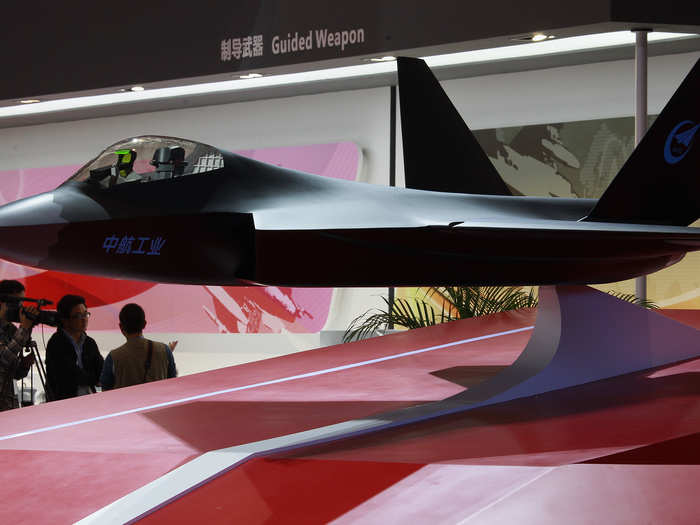
The Shenyang J-31 is the other fifth-generation aircraft that China is currently developing.
Unlike the J-20, which is heavily based on stolen American plans, the J-31 boasts an indigenous design. The plane is about the same size as the F-35, but has a smaller weapons bay — giving the J-31 improved fuel efficiency and speed.
The J-31 is also designed to be deployable to China's planned fleet of aircraft carriers. It would join the F-35 as the only two carrier-based stealth fighters in the world.
The J-31 is scheduled to make its public debut at China's largest commercial and defense airshow in Zhuhai in early November.
Shenyang J-15 Flying Shark
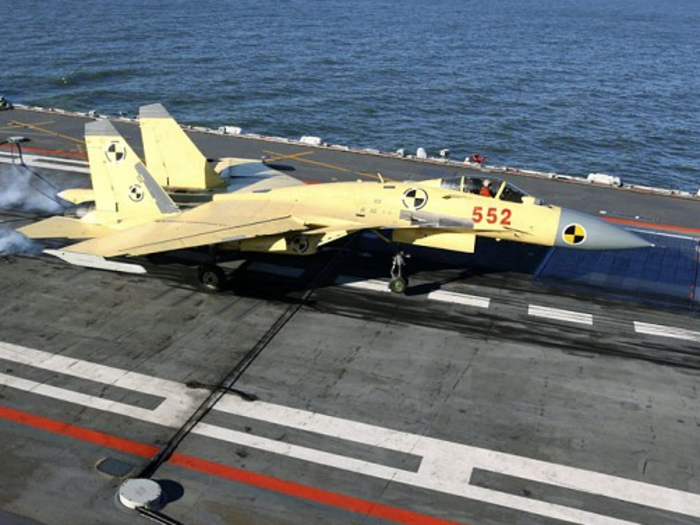
The Shenyang J-15 is a carrier-based fighter aircraft that debuted in 2009. In a 2014 report to Congress, the Pentagon noted that the Fying Shark was conducting full-stops and takeoffs from China's Liaoning aircraft carrier with full weapons payloads.
When based on the ground, the J-15 should have a combat radius of about 1,200 kilometers. However, since the Liaoning does not provide a useful catapult launch, the aircraft will have a reduced combat radius while operating at sea, the Pentagon reported.
The Chinese-produced J-15 is based on designs of the Russian Sukhoi Su-33. The plane is a Russian-type design fitted with Chinese radar, engines, and weapons.
Chengdu J-10 Firebird
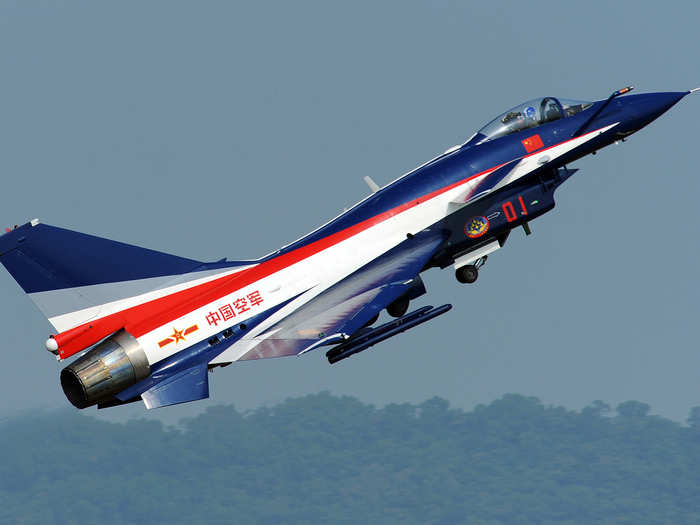
The Chengdu J-10 is a multi-role fighter that was introduced into service with the People's Liberation Army Air Force in 2005. The Firebird, also known as Vigorous Dragon, has 11 external hardpoints which can carry a variety of air-to-air missiles. It can also be armed with laser-guided bombs.
The Chinese have recently unveiled an updated version of the J-10, the J-10B. This edition of the plane is equivalent to a fourth-generation-plus airframe, due to the plane's advanced radar system and its other onboard technology.
Pakistan has imported J-10s from China, and is in talks to purchase the J-10B as well.
Xian H-6 Bomber
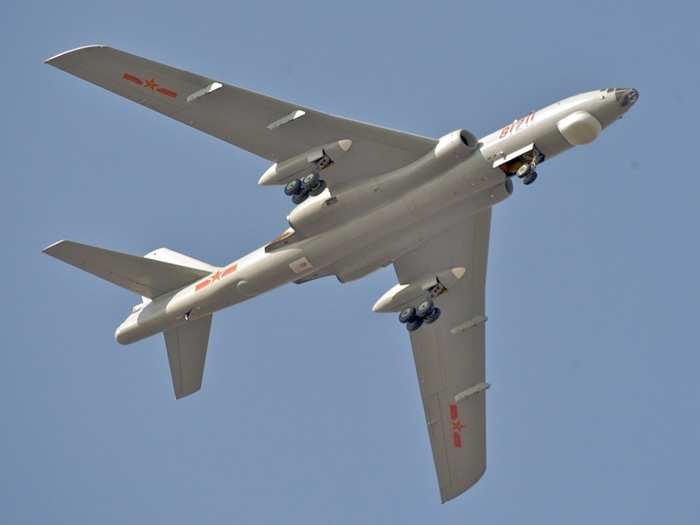
The Xian H-6 Bomber is derived from the Russian Tupolev Tu-16 Badger. The bombers have two upgraded variants, the X-6G and the H-6K, that could both pose a threat to US interests in the Pacific.
According to a Pentagon report to Congress, the X-6G has four weapon hardpoints that could carry anti-ship cruise missiles. The newer H-6K has new engines and can carry six anti-ship or land cruise missiles. The bombers can carry nuclear payloads as well.
These upgrades give China a long-range capable strategic bomber. The Xian H-6 can fly missions of 3,100 miles in distance, and some analysts believe it could reach Hawaii.
Hypersonic Missiles

China has conducted two tests of its hypersonic glide vehicle, Wu-14.
Hypersonic "boost-glide" weapons are launched by rockets similar to ballistic missiles. But they then reenter the atmosphere while moving several times faster than the speed of sound, and can glide at angles that make them highly accurate and nearly impossible to intercept using existing systems.
The missiles are highly coveted by both the US and China for their ability to quickly hit targets as well as avoid traditional missile defense shields.
The technology is still unproven on both sides of the Pacific, though: the last Chinese test of a boost-glide missile failed on Aug. 7, as did the latest US test of a hypersonic weapon on August 25.
Nuclear-Powered Attack Submarines
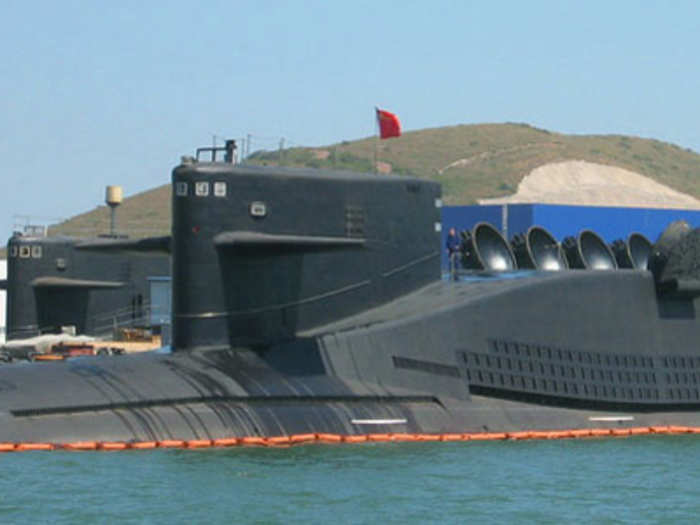
China is aggressively trying to build itself as a maritime power. Beijing's growing fleet of nuclear-powered attack submarines is at the forefront of its naval strategy.
In total, China has six attack vessels which operate alongside an estimated 53 diesel-powered subs. The diesel submarines are limited in range and must surface regularly. But the nuclear powered subs can operate for weeks at a time underwater, far away from Chinese territory — and closer to possible targets.
Chinese attack submarines recently entered the Indian Ocean for the first time in October, marking another significant milestone in China's naval development.
Nuclear Powered Ballistic Submarines
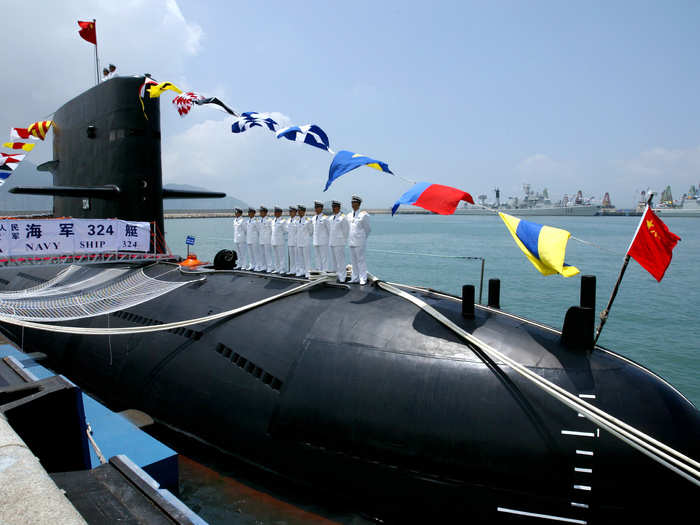
Alongside nuclear powered attack submarines, China has also been developing a fleet of nuclear ballistic subs.
These subs, known as "boomers," function as nuclear deterrents. They provide China was a "second strike" capability, since they are able to carry out retaliatory attacks following a nuclear exchange that might destroy the country's land-based nuclear delivery systems.
According to the WSJ, the boomers are capable of hitting Hawaii and Alaska from the coast of China, while the submarines' nuclear missiles could target the continental US from the mid-Pacific.
The US Office of Naval Intelligence currently estimates that China has three boomers, although Beijing will may build more if the submarines successfully enter into service.
Aircraft Carriers
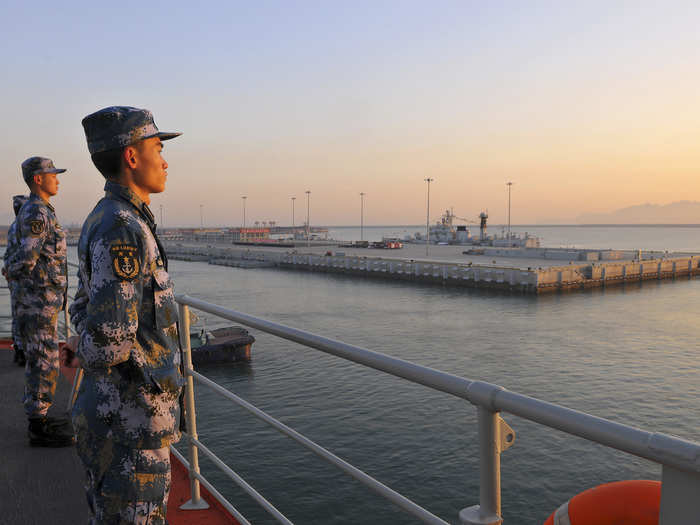
Currently, China has only one aircraft carrier in its Navy, the Liaoning. It's a refurbished Soviet-era craft that's had an array of problems. The vessel is several decades old and of questionable quality — it suffered an unexpected power outage during sea trials in October.
There is a widespread sense, though, that the Liaoning is merely a practice carrier for the Chinese Navy. China is using the low-cost Liaoning to master the establishment of carrier battle groups before purchasing and developing more expensive and capable vessels.
There are reports that China is planning on developing three carrier battle groups, in a massive ramping-up of naval force projection.
Anti-Satellite Missiles
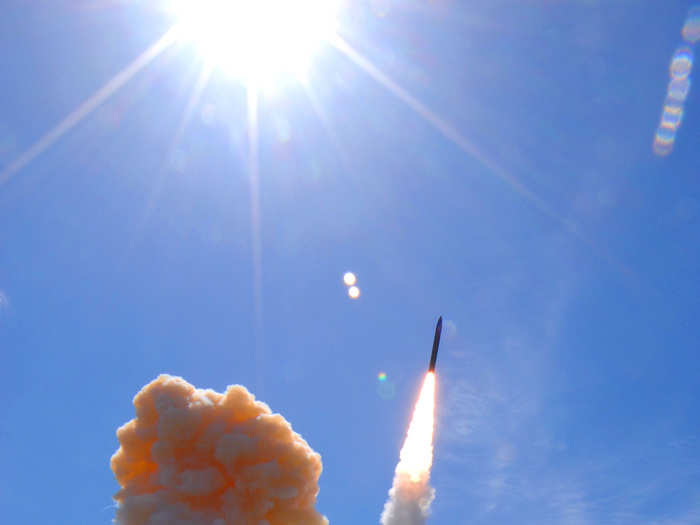
China has engaged in at least one confirmed anti-satellite missile test. In January 2007, China destroyed one of its own weather satellites with a ground-based ballistic missile. The destruction of the satellite created a debris cloud that littered Earth's orbit.
Since then, China has carried out a number of other, less-dramatic tests which the US has characterized as anti-satellite missile exercises.
Anti-satellite missiles could give China an asymmetric advantage over US forces, as China could hypothetically target and destroy GPS satellites. This is something that many of the world's other developed militaries would never seriously contemplate doing, given the potentially disastrous consequences for the world's space infrastructure.
Intercontinental Ballistic Missiles

China has spent considerable resources developing a range of intercontinental ballistic missiles (ICBMs).
In August, China tested the Dong Feng 5A (DF-5A). The DF-5A has a range of 13,000 kilometers and is capable of striking the US.
China has also developed the Dong Feng-41 (DF-41), a weapon with the potential to alter the balance of power in Asia. The DF-41 could carry up to ten nuclear warheads a range of 12,000 kilometers. This would allow the missile to reach the US, acting as a significant deterrent against moves that China would interpret as US aggression, and serving a possible constraint on American action in the region.
Road-Mobile ICBM
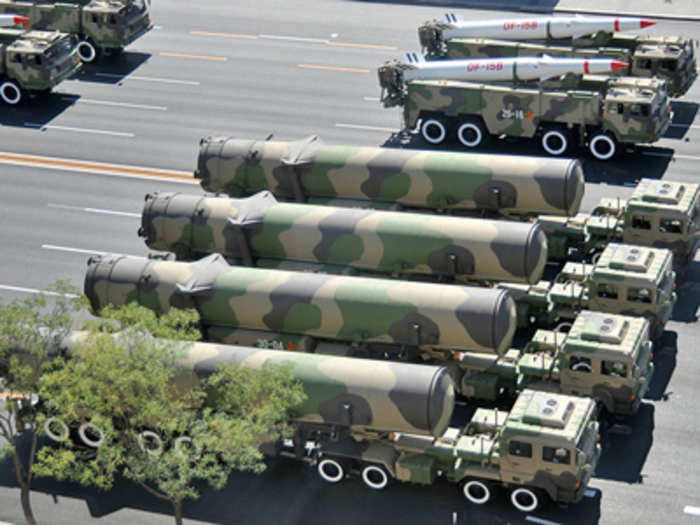
China's DF-5A and DF-41 are stationary, but Beijing also has a road-mobile ICBM — the Dong Feng 31A (DF-31A). The DF-31A has a range of 11,200 to 12,000 kilometers, allowing it to strike the US. It can also designed to be fitted with certain types of nuclear payloads.
The DF-31A could be loaded into China's growing fleet of boomer nuclear submarines. This would allow the missile to function as a sea-based nuclear deterrent — even after a nuclear exchange China could continue to launch missiles from hidden locations in the ocean.
Cyber Attacks

One of China's most useful military assets is its army of hackers and hacker affiliates. Chinese hackers have ransacked US systems, stealing vital information relating to the F-35, the P-8 reconnaissance aircraft, Black Hawk helicopters, ballistic missiles, and the Littoral Combat System.
Chinese hackers have even targeted Israel's Iron Dome missile defense battery. Hackers attempted to steal plans for the system in 2011 and 2012, highlighting the global nature of China's cyber ambitions.
These attacks are not focused solely on military technology. Chinese hackers often routinely steal information from businesses, possibly causing notable damage to the US economy.
Type 055 Cruiser
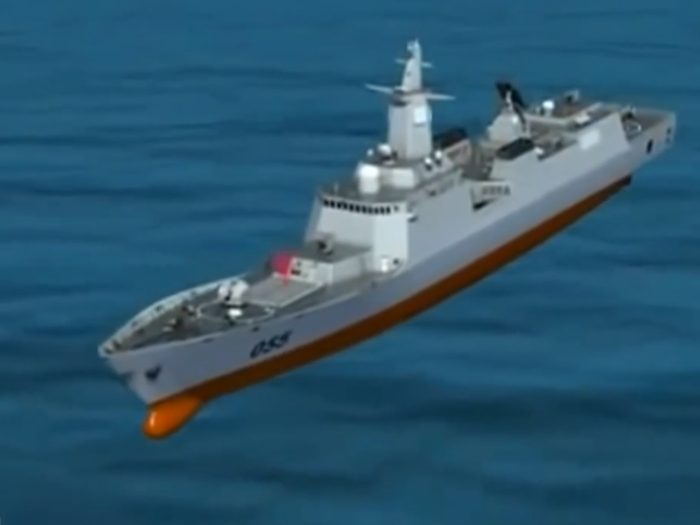
The Type 055 Cruiser, still under construction, will give China's Navy a considerable boost once its deployed. The cruiser will function as a multipurpose warship that could be used for both expeditionary warfare as well as coastal defense.
The 055 will be a large cruiser by Chinese standards, although it will still be smaller than the US's Zumwalt-class destroyer. Even so, the 055 could carry an estimated 128 vertical launch cells for cruise missile deployment. This would allow the cruiser to strike far into enemy territory. And because of its size, it is expected to be able to function far from its home port.
Sharp Sword Stealth Combat Drone

In November 2013, China successfully completed a test flight of Sharp Sword, a stealth combat drone. The success of the flight places China alongside the US, France, and Great Britain as the only countries that have reached this military threshold.
China has revealed little information about its unmanned aerial vehicle programs. However, it is thought that China has a range of drones, from small tactical vehicles to models that look alarmingly like the US 's Reaper and Predator.
You've seen China's rising military capacities ...

Popular Right Now
Popular Keywords
Advertisement